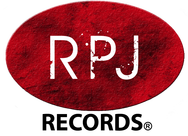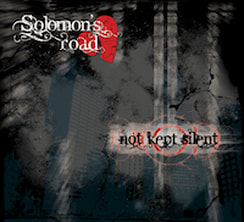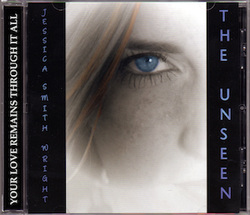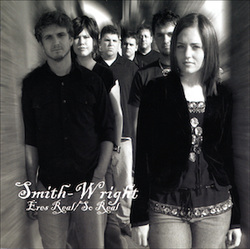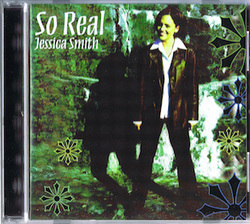Situation
OPe Technologies was founded in 2012 as a technology startup, primarily focused on development of innovative technologies to improve computer data security. I was brought on the team in 2016 to assist in a variety of areas.
Action
As is typical with a tech startup, I wore many hats in my tenure
As a regular part of my duties, I assisted in the writing and development of business plans, PowerPoint materials and supporting documentation for pitch meetings with investors and potential clients.
- I began as lead of OPe’s laboratory operations at Georgia Tech’s nanotechnology center, and later, at the Liquid Crystal Institute at Kent State University.
- As research priorities shifted, I was co-developer of a software demo of our primary product idea, for presentation to stakeholders and potential investors.
- Later, I was shifted to Director of Marketing for a cloud product we had planned to launch in Fall 2017. I was responsible for all aspects of marketing, including corporate brand imaging, product branding, social media channels, media relations, etc.
As a regular part of my duties, I assisted in the writing and development of business plans, PowerPoint materials and supporting documentation for pitch meetings with investors and potential clients.
results
- In 2017, OPe Technologies received the first of several patents for light-based computing designs. To date, the company has been awarded at least five patents for their research
- Our presentation and product demo were responsible for a number of rounds of funding from private investors .
Situation
|
Before my departure from Integrity Music, I had been interested in what I perceived as an overlooked part of congregational church music. I saw a number of area churches using contemporary-flavored songs as part of their church services. I sensed what I believed to be a grass-roots movement to make worship music which incorporated more contemporary musical elements such as guitar and drums.
I perceived several problems with the existing system for creating and distributing resources to church music leaders.
One additional hurdle we had to overcome was the lack of ubiquity of the internet. In 1998, the public internet was only a few years old, and most homes had dial-up access at best. PDF files could take several minutes to download, so the bandwidth did not exist yet for large file transfers. ACTIONWe began research into the development of a new type of record label, publishing companies and contracts, creative development, product duplication and any other relevant aspects of the industry.
RPJ was developed as a contemporary worship label designed to set a new standard in music in style, lyrical substance, and product development. We successfully completed the following:
As a significant part of this new venture, we explored new uses of technology to reduce the barriers to adoption for RPJ's music releases. RESULTS |
In May 1999, RPJ Records was the world's first record label to announce the development of an Enhanced CD technology which gave customers immediate access to tools to use and perform our music. The technology consisted of a mini-website encoded on the disc itself, using a standard web browser as an interface to access the tools.
RPJ Records released its first CD, "Beyond Natural Limits," in 2000, using this new technology. These digital worship tools disrupted the entire Christian music's system of creating and selling print products, and ushered in a number of innovations industry-wide.
RPJ's Enhanced CD materials became a common feature on many Christian major label releases. Integrity Music later launched an entire product line, called iWorship, largely based on RPJ's concept. Today, digital worship tools are the standard.
- Leadsheets and chord sheets were encoded as PDF files or interactive leadsheets.
- Projection display files were encoded as Microsoft PowerPoint files, capable of being imported into any presentation program.
- Lyrics were available both in the CD booklet and as an HTML file for easy copy and paste for church programs or other uses.
- It also included a link to RPJ's website, offering free background tracks in MP3 format for download.
RPJ Records released its first CD, "Beyond Natural Limits," in 2000, using this new technology. These digital worship tools disrupted the entire Christian music's system of creating and selling print products, and ushered in a number of innovations industry-wide.
RPJ's Enhanced CD materials became a common feature on many Christian major label releases. Integrity Music later launched an entire product line, called iWorship, largely based on RPJ's concept. Today, digital worship tools are the standard.

